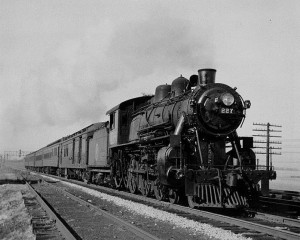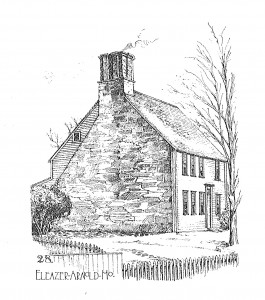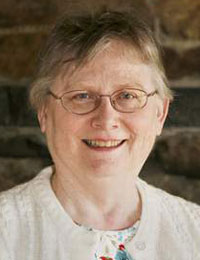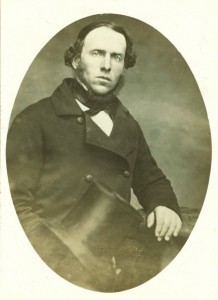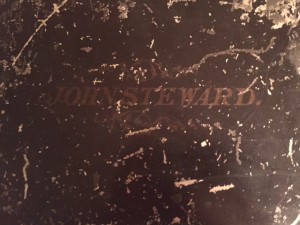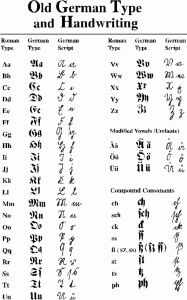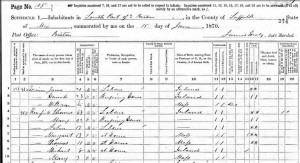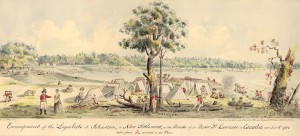
Mabel Winters, my great-grandmother, left Yarmouth County, Nova Scotia, when she was about eighteen or nineteen years old. She arrived in the United States about 1900, and first lived with her older brother George in Norton, Bristol County, Massachusetts. I have heard many wonderful stories about Mabel, and I wanted to learn everything that I could about her. As I began to research her life in Nova Scotia, I discovered that she was descended from several Loyalist families. Continue reading Loyalist ancestors

